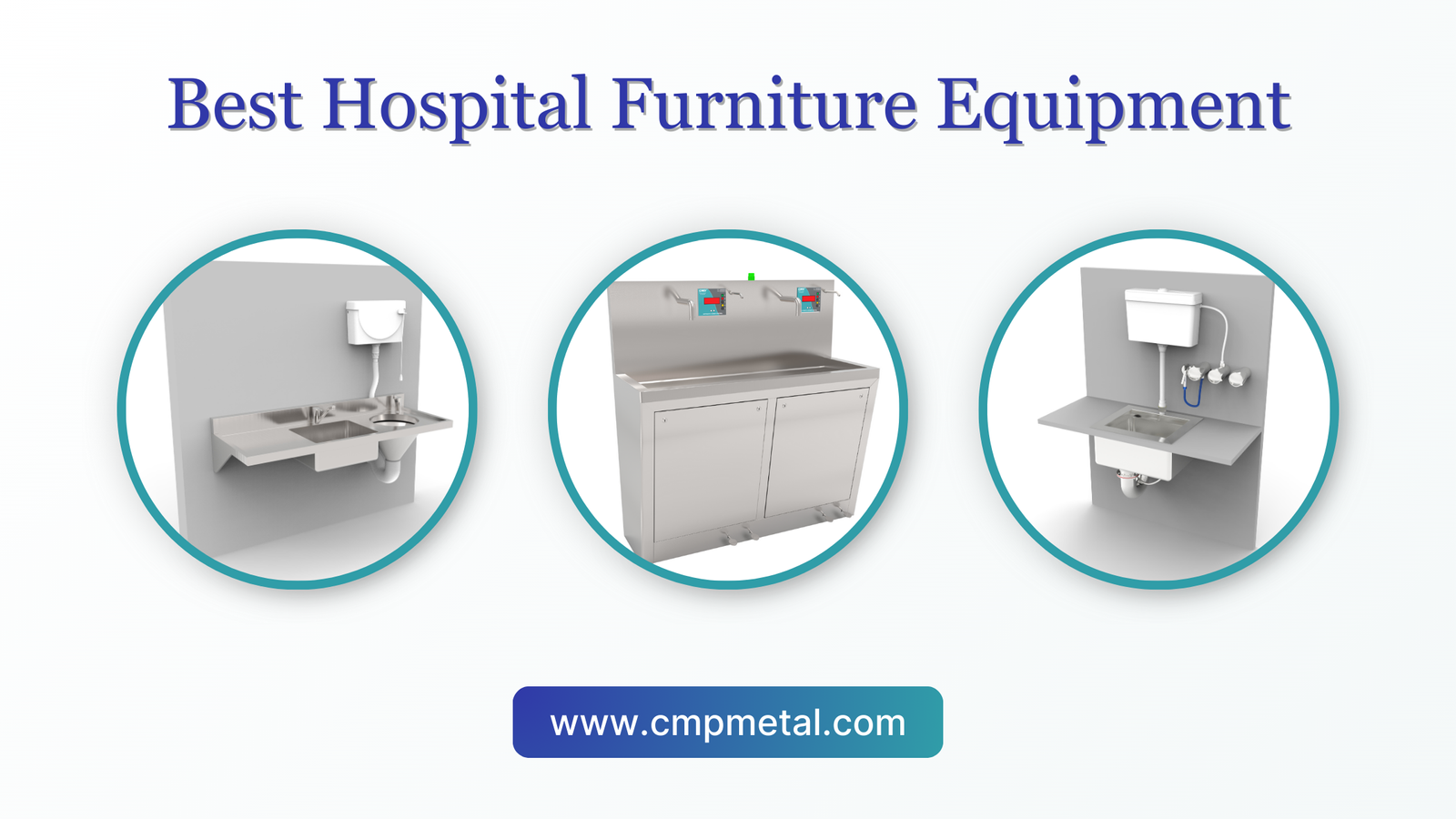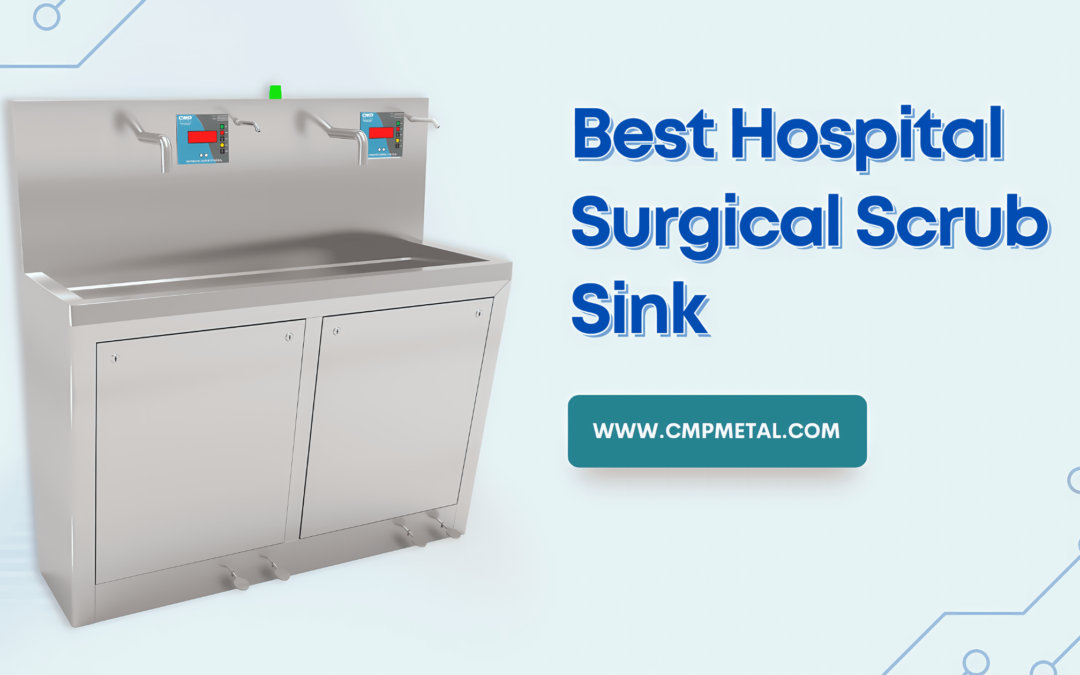
Sleek and Sterile: The Modern Appeal of Best Hospital Furniture Equipment
Sleek and Sterile: The Modern Appeal of Best Hospital Furniture Equipment

In the ever-advancing landscape of healthcare, the demand for hospital furniture that marries functionality with a contemporary aesthetic is more pronounced than ever. In response to this need, 304 stainless steel has emerged as a vanguard material, bringing forth a modern appeal that seamlessly integrates with the sterile requirements of medical environments. In this blog, we delve into the allure of Best hospital furniture, exploring its sleek design, sterile properties, and the transformative impact it has on modern healthcare spaces.
Aesthetic Prowess: The Elegance of Sleek Design
The visual landscape of healthcare settings has undergone a paradigm shift in recent years. Gone are the days when clinical spaces were synonymous with utilitarian and uninspiring designs. Modern healthcare facilities recognize the importance of creating environments that are not only functional but also visually appealing and calming for patients and staff.
Enter 304 stainless steel, a material renowned for its sleek and minimalist design. The clean lines and polished surfaces of this alloy contribute to an overall aesthetic that exudes sophistication. In a field where sterility is of utmost importance, stainless steel manages to transcend the traditional clinical look, offering an elegance that transforms hospital spaces into contemporary and inviting areas.
The reflective properties of stainless steel play a crucial role in enhancing the visual appeal. These surfaces create an illusion of spaciousness, a valuable trait in healthcare settings where a sense of openness can positively impact the overall atmosphere.
Sterility Redefined: The Hygienic Advantages
The sterile nature of hospital environments requires furniture materials that not only meet stringent hygiene standards but also contribute to the overall cleanliness of the space. 304 stainless steel, with its non-porous surface, is a natural fit for this purpose. The smooth and seamless construction of stainless steel eliminates the nooks and crannies that can harbor bacteria and viruses, offering a surface that is easy to clean and disinfect.
Unlike traditional materials that may stain or absorb liquids, stainless steel is resistant to stains and corrosion, ensuring that the furniture maintains its sterile properties over time. This resistance to deterioration is particularly crucial in medical settings where stringent cleaning regimens and exposure to harsh chemicals are commonplace.
Versatility in Application: From Bedside to Boardroom
One of the key strengths of 304 stainless steel hospital furniture lies in its versatility. While often associated with utilitarian items like surgical tables and instrument trays, stainless steel seamlessly extends its influence to a variety of furniture pieces. From cabinets and countertops to chairs and tables, the adaptability of stainless steel ensures that it can meet the diverse needs of healthcare spaces.
Healthcare facilities have the option to customize stainless steel furniture to fit their specific requirements. This flexibility in design allows for the creation of cohesive and aesthetically pleasing interiors that align with the overall vision of the institution.
The Environmental Advantage: Sustainability and Longevity
In an era where sustainability is a global priority, 304 stainless steel hospital furniture stands as a beacon of eco-friendly design. The longevity of stainless steel reduces the need for frequent replacements, minimizing the environmental impact associated with manufacturing and disposal of furniture. Hospitals can embrace stainless steel as a responsible choice, contributing to the principles of environmental stewardship.
The recyclability of stainless steel further solidifies its position as a sustainable material. Hospitals can be confident that the choice of 304 stainless steel aligns with their commitment to reducing their ecological footprint.
Conclusion: The Future of Healthcare Design
Sleek and sterile, Best hospital furniture epitomizes the evolution of healthcare design. As medical facilities strive to create spaces that prioritize patient well-being and staff efficiency, the importance of furniture that is both functional and visually appealing cannot be overstated.
In choosing 304 stainless steel, healthcare facilities not only invest in furniture but also in a transformative approach to design that embraces modernity without compromising on the sterile requirements of medical environments. The amalgamation of sleek design, sterile properties, versatility, and sustainability positions 304 stainless steel as a material that is not just in vogue but is a testament to the commitment of healthcare spaces to embrace the future. In this synergy of form and function, stainless steel emerges as a stalwart companion, elevating the aesthetics and functionality of healthcare environments to new



